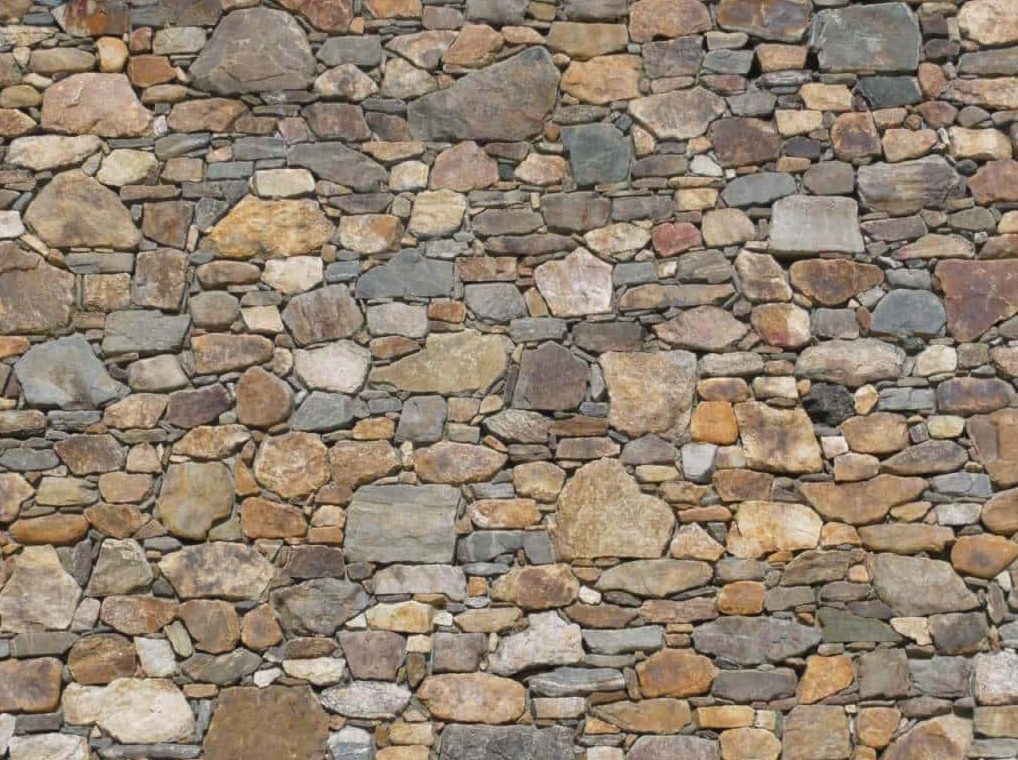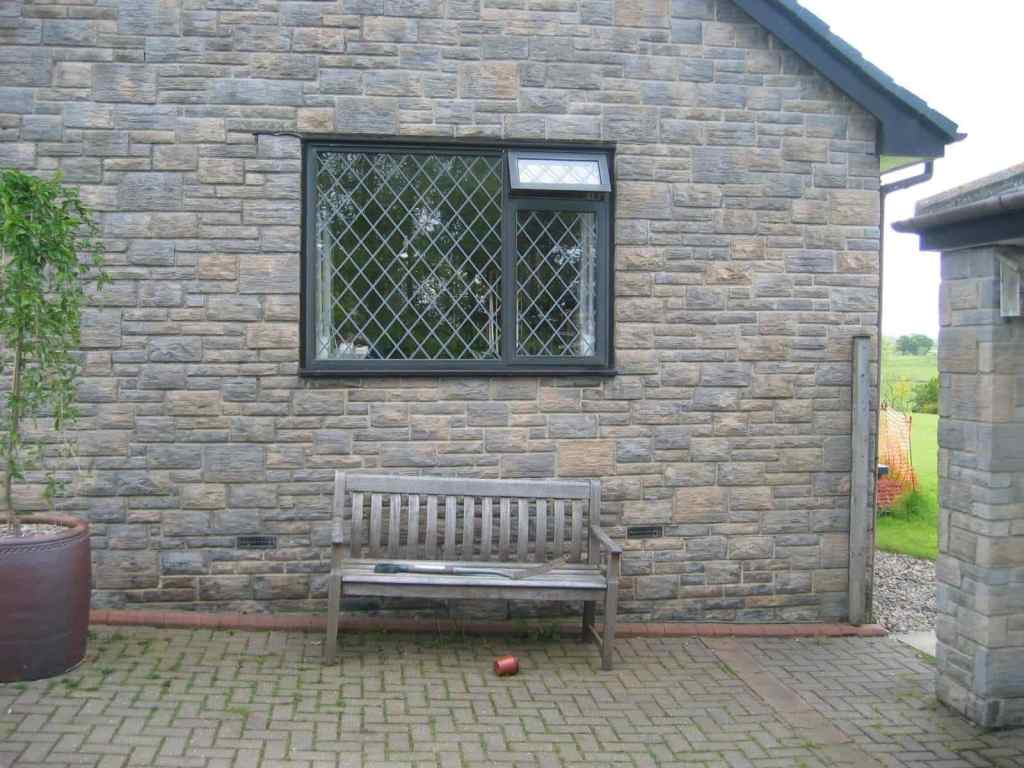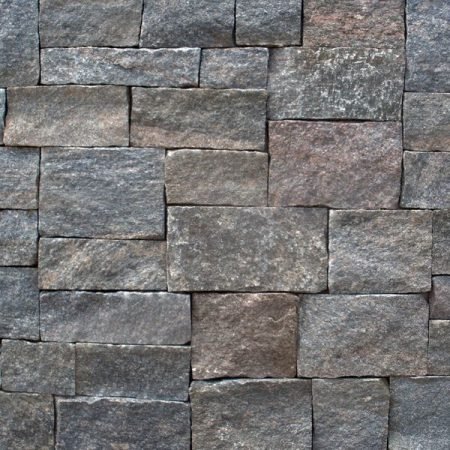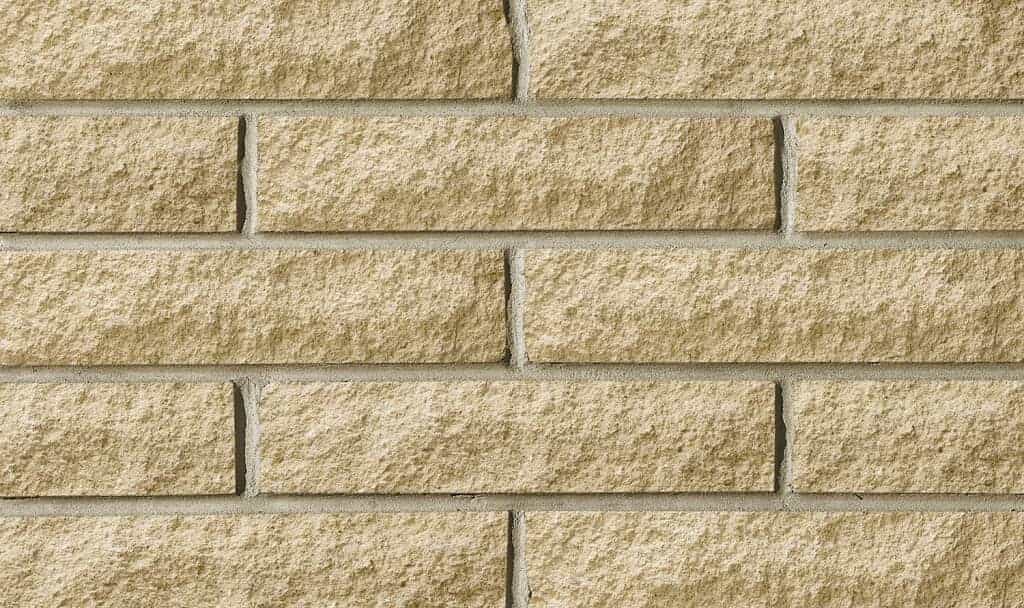Stone masonry is a type of building masonry construction that uses stones and mortar, this construction technique is used to build foundations, floors, retaining walls, arches, walls, and columns. In masonry construction, these natural rocks are cut and prepared in proper shape.
Nowadays landscaping works, outside walls and sculptures are made using stone to give a more beautiful structural appearance.
Introduction to Stone Masonry:
The construction of stones bound with mortar is known as stone masonry.
Stones can be found abundantly in nature, on chopping and dressing to the correct shape, they provide cost-effective materials for the manufacture of various building elements such as walls, columns, footings, arches, lintels, beams.
General principles of stone masonry:
- The stones used for stone masonry should be hard, tough and durable.
- The stone should be completely prepared according to the requirements.
- The mortar used should be of good quality.
Stone Masonry Terms:
Face: The exterior of a wall exposed to the climate is called the face.
Back: The inner surface of a wall that is not exposed to the weather is known as back.
Hearting: It is the interior of a wall between the face and the support.
Through stone: In stone masonry work, some stones in one stone or two pieces are placed right in front of the walls at regular intervals, such stones are called through stones or bonding stones also called a stone header.
If the fine thickness is quite thick, then the overlap is provided through the stones.
Joint: It is a junction of two or more stones in wall construction.
Course: A course is a horizontal layer of stones in a wall.
Stretcher: It is a stone with the longest characteristic parallel to the face of the work.
Header: It is a brick or stone situated on the face of the work with its greatest size at right angles.
Plinth Course: It is the uppermost layer or course of the masonry.
Sill: The lower surface of a door or window opening is known as a sill and it is dressed so that they prevent the entry of water into the interior of the building.
Corbel: Corbel is a projecting stone that is usually moulded on top of the wall and given a decorative treatment.
Types of stone masonry:
1.Dry Rubble Masonry:

In this masonry, both ready-made quarries and unpaved stones are used without any mortar.
Larger pieces of stones are arranged downwards in such a way that they should have proper interlocking with each other.
Small pieces of stones are used at the top, these masonries are usually broad at the bottom and thin at the top, this type of masonry is used to maintain walls, breast walls etc.
The strength and durability do not depend on the quality of the material used on the workmanship.
This Masonry are further classified as follows:
Coursed Rubble Masonry:

In this type of masonry, the stone is situated at the ground level, in every course the header stones of the full course top are located at defined intervals.
The width of each header is not less than its height within the wall & stones used are 50 mm to 200 mm.
Stones of equal height should be used in every course of stone masonry, the thickness of the joints is about 15 mm.
The stones used should not be less than 50 mm in thickness.
Uncoursed Rubble Masonry:

In uncoursed rubble masonry uses stones or rubles without any dressing, the sizes and shapes of the rubles or stones used in masonry are not the same but vary.
Mason selects the stones casually from the heap and lays in such a way that it make a strong bond, before laying the stones all projecting corners are scarcely knocked down with a hammer.
The joints are filled with mortar by steel travel and terminated to flush & thickness of joints should not exceed 13 mm, large stones are used on corners and jams to increase strength.
Through stones are also provided at the intervals, to interlock the part between facing and supports, which increases the strength of the masonry.
If the wall is more than half a meter in thickness, a line of stone headers or through stones should overlap each other by at least 15 cm.
These masonries are used to build the composite wall, boundary wall, plinth wall, retaining wall, etc.
Squared rubble masonry uncoursed:

These masonry stones edges are almost straight.
The stones are approximately clothed and randomly placed on their natural beds so they get interlocked.
Joints should not exceed 13 mm thickness, voids (gaps) between the stone blocks are filled by mortar and stone chips.
This type of masonry is used to make residential buildings, public buildings, boundary walls, etc.
Squared rubble masonry coursed:

Semi-finished stones are used in this type of masonry; the stones are arranged in regular courses.
Stones of equal height needs to be used within the course or two to three stones, they should be positioned on top of one another to increase the height of the course.
The mortar joint should not be more than 13 mm, the stone used in this masonry should be of uniform color.
Polygon rubble masonry:
The stones for this masonry are shaped in an irregular polygon.

The stone is arranged in such a way that it avoids vertical joints in appearance, stone chips are used to support stones.
Ashlar masonry:

Ashlar masonry is a smooth and straight-edged smooth stone with smooth faces, this masonry is expensive also requires highly skilled labour.
The stones that are used should have a dense structure without any defects & equally attractive appearance.
According to the nature of the dressing, ashlar masonry can be divided into the following categories:
Ashlar Fine:
In this type of masonry, the stones should be completely prepared so that they confirm the desired pattern.
The dimension of stones laid in regular courses should not be lower than 300 mm, the width of the stones should not be less than the height of the course.
Ashlar chamfered:
This type of masonry is very similar to the ashlar fine, dodging the edge of the stone at an angle of 39– 45 degrees.

Ashlar rock quarry faced:
In this type of masonry, the edges of the stones are made straight and pointed, so that there are thin mortar joints but the face is left out, when it is obtained from the quarry.
This means that the faces of the stones will naturally have a rock-like shape.
Ashlar facing:
In this masonry, only the exposed faces of the walls are constructed from the ashlar masonry while the wall supports the brick masonry.
Advantages of stone masonry:
- These masonries are durable, strong and weather resistant.
- Due to its strength, durability, and ability to weather stone.
- It gives better aesthetic look.
Disadvantages of stone masonry:
- Stone masonry is thick and heavy and reduces the floor space.
- This masonry has a high self-weight, low tensile strength, ductile strength, and seismic resistance.
- Stone masonry is time-consuming and requires skilled labor because it cannot be easily replaced, repaired, or moved.
Also read: Composite Masonry & Masonry Wall
Conclusion:
Stone Masonry is a kind of masonry construction that makes use of stones and mortar.
This construction technique is used to build the foundations, floors, retaining walls, arches, walls and columns.










Basically, Knowing the types of stone masonry and its pros and cons are exciting. Basically, we only know that stone masonry construction is used to build walls/fences, fireplaces, chimneys, floors, etc.
Helpful information.